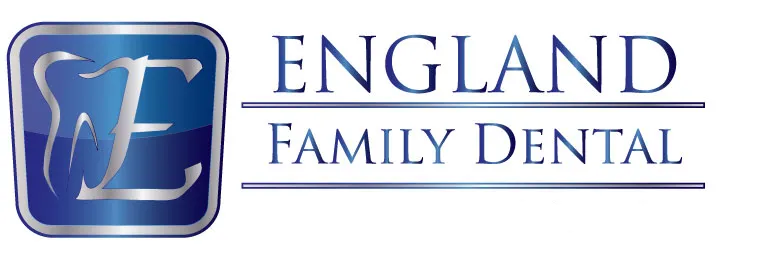Cavities and Halloween Candy
Cavities and Halloween Candy
The holidays are fast approaching. In no time at all, you’ll be peering out your front window at masses of zombies, ninjas, and vampires eagerly going from house to house to stock up on Halloween candy. Perhaps you have a princess or pirate at home yourself, in which case, it's important that you read up on best practices of candy consumption. Because Halloween comes only once a year, we’re not suggesting to completely cut out candy and other sugary treats. There are just some things to keep in mind to help lower the risk of poor dental health. Keep the Halloween spirit ghoulish, just not in your mouth!
Eat This, Not That
There are certain candies that you should avoid eating. Luckily, chocolate is your best bet because it washes off the teeth a lot easier. Dark chocolate is an even better alternative since it has less sugar than milk chocolate. Sticky and gummy candies are some of the worst kinds of treats you can expose your teeth to. Haribo Gummies, Laffy Taffy, and Caramel Creams are all harder to remove from the teeth. The sugar clings to the teeth longer, creating the perfect environment for cavities to develop. Hard candies such as Jolly Ranchers, toffee, and Jawbreakers all have the potential to crack, chip, or break a tooth. Sour candy such as Sour Patch Kids and Atomic Warheads are coated in sugar to achieve that sour tang. The acidity in sour candies is very high and has the potential to weaken and permanently damage tooth enamel.
Frequency vs. Amount
If your child consumes candy many times during the week, this is actually more harmful than having some candy once a week. Let your child choose some of their favorite candies and then consider donating the rest to children who are unable to go trick-or-treating at all. Or use the candy as an occasional reward. But make sure that your child is eating enough of the good stuff first, like vegetables and fruits. Apples are considered “nature’s toothbrush” as they are fibrous enough to remove cavity-causing debris if a toothbrush isn’t readily available.
Brush, Brush, Brush!
Nobody wants to be haunted by the horrors of tooth decay. Brushing and flossing regularly is a sure-fire way to prevent cavities from developing. The American Dental Association recommends brushing twice a day for two minutes, flossing at least once a day, and replacing your toothbrush every three to four months. As always, bi-yearly checkups with your dentist is also strongly recommended. Your dentist has the tools to not only clean your teeth with extreme detail, but they can also get a better look inside your mouth and spot any hidden problems before they become worse.
This newsletter/website is not intended to replace the services of a doctor. It does not constitute a doctor-patient relationship. Information in this newsletter/website is for informational purposes only & is not a substitute for professional advice. Please do not use the information contained herein for diagnosing or treating any condition.


